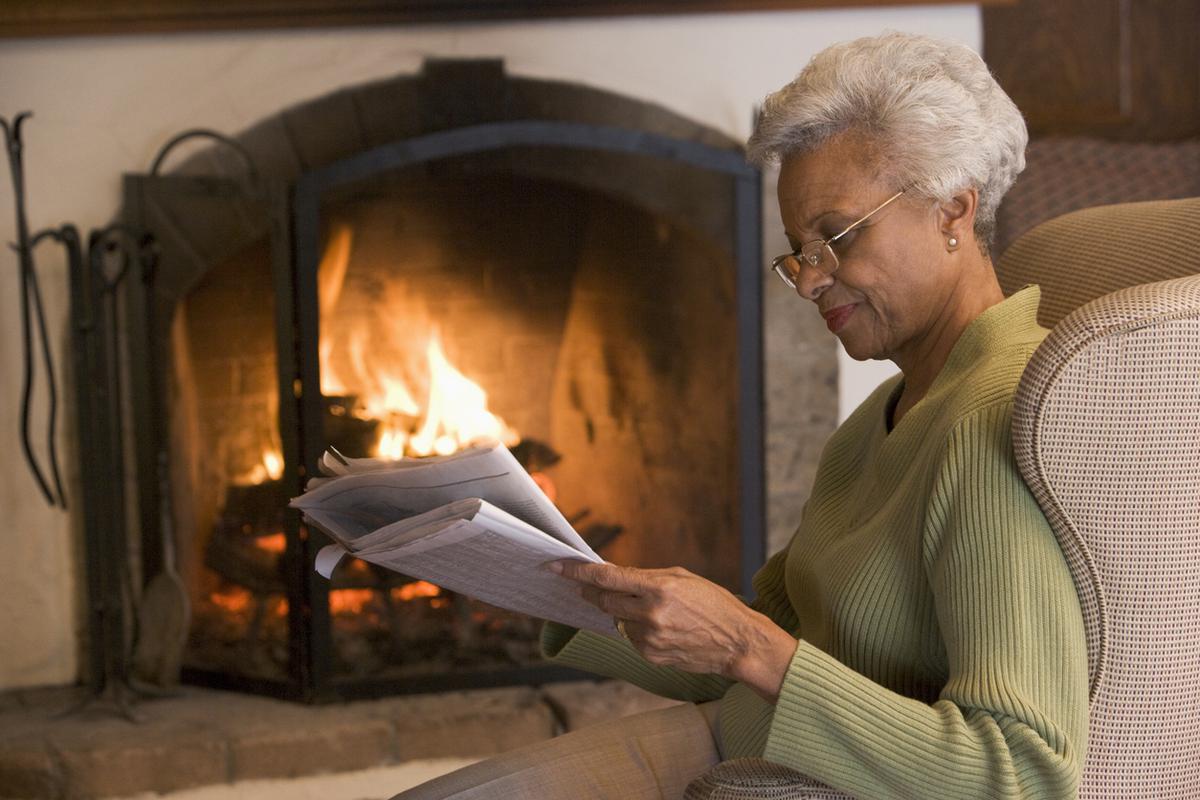
As the winter season continues, it's important to take extra precautions to ensure the safety and well-being of seniors who choose to stay at home. The colder temperatures and hazardous weather conditions can pose unique challenges for older adults. Below are valuable tips on how to keep your home safe for seniors during the winter months.
Clear Pathways:
One of the most common risks during winter is slipping on icy surfaces. Clearing pathways around the house is essential in preventing accidents. Shovel snow regularly and use ice melt or sand to improve traction on walkways, driveways, and steps leading into the home. Additionally, ensure that there are no obstacles or debris blocking entrances or hallways inside the house.
Adequate Lighting:
Good lighting is crucial for seniors' safety at home, especially during darker winter days when visibility may be reduced. Make sure all areas of the house are well-lit by installing bright LED bulbs or using motion sensor lights in key areas such as staircases, hallways, and entryways.
Temperature Control:
Maintaining a comfortable indoor temperature is vital for seniors' health during winter. Ensure that heating systems are in good working condition by scheduling regular maintenance checks before cold weather sets in. Set thermostats at a consistent temperature throughout the day to avoid sudden fluctuations that could be detrimental to their well-being.
Prepare for potential winter storms by creating an emergency kit that includes essential items such as flashlights, batteries, blankets, non-perishable food, and medications. Keep a list of emergency contacts readily available and ensure that seniors are aware of evacuation routes or shelter locations in case of severe weather conditions.
Taking steps to ensure the safety of you or your loved one during winter is crucial for well-being and peace of mind. By implementing these tips, you can create a home environment that minimizes risks and promotes a safe living space.